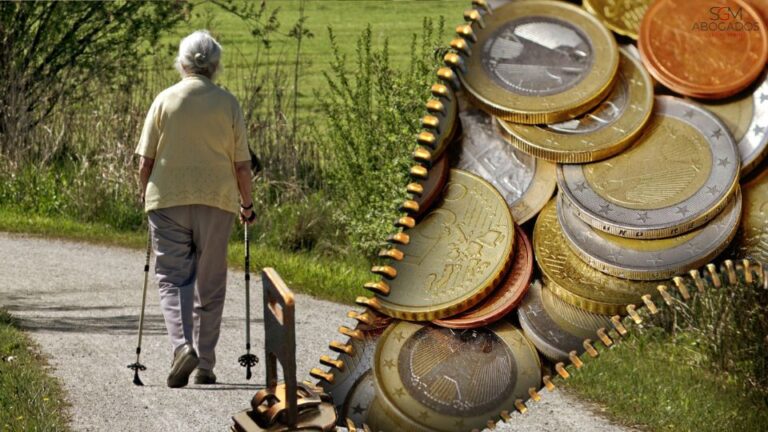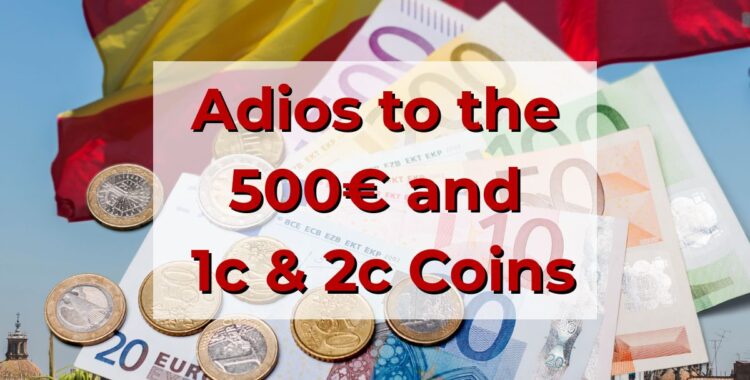Adios to the 500€ Note and 1c & 2c Coins
Say farewell to these euro notes and coins – here's what's happening in Spain
Even though digital transactions dominate, a significant number of people across Spain continue to favour cash payments.
From local market vendors to pensioners budgeting their weekly expenses, exchanging physical coins and notes remains part of daily life. Yet, in a world increasingly reliant on cards, even supermarket staff occasionally express surprise when someone hands over coins at checkout.
Recently, there’s been heightened concern about the potential disappearance of physical currency. Advocates for a cash-free economy argue it would significantly reduce tax fraud, money laundering, and other illicit economic practices. However, critics raise important issues such as privacy, cybersecurity, and ensuring basic financial access during disruptions.
If every transaction leaves a digital record, our spending habits become entirely traceable. Furthermore, if a system failure, cyberattack, or widespread power outage occurs, millions could suddenly find themselves unable to purchase essentials or access their own money.

The fading €500 note The process of eliminating certain forms of cash is already underway. In 2016, the European Central Bank (ECB) and Spain’s national bank officially stopped producing the €500 note, primarily due to its frequent use in criminal activities. Although these distinctive purple notes remain valid legal currency, they’re becoming increasingly challenging to spend or deposit, with many businesses refusing them outright.
Nonetheless, you can still exchange them at banks. Gradually, as the notes become more worn or less common, they will naturally vanish from everyday use.
1 and 2 cent coins might soon follow Smaller denominations, specifically the 1 and 2 cent coins, are next in line for potential removal. Several European countries including Belgium, the Netherlands, Finland, Ireland, Slovenia, and Italy have already stopped minting these small coins, rounding cash transactions to the nearest five cents.
Now, Spain, along with Germany, France, Portugal, and Austria, is seriously contemplating the same action. Discussions are currently underway with the ECB, and although a final decision hasn’t yet been made, it’s becoming increasingly probable that these small coins will soon disappear across the eurozone.
Additionally, it isn’t only about minor coins. Periodically, the ECB refreshes the design and security elements of euro notes and coins, meaning older editions naturally phase out of circulation over time.
Whether you’re firmly attached to physical money or fully prepared for digital transactions, staying informed is crucial—what’s currently in your wallet may soon become a thing of the past.











